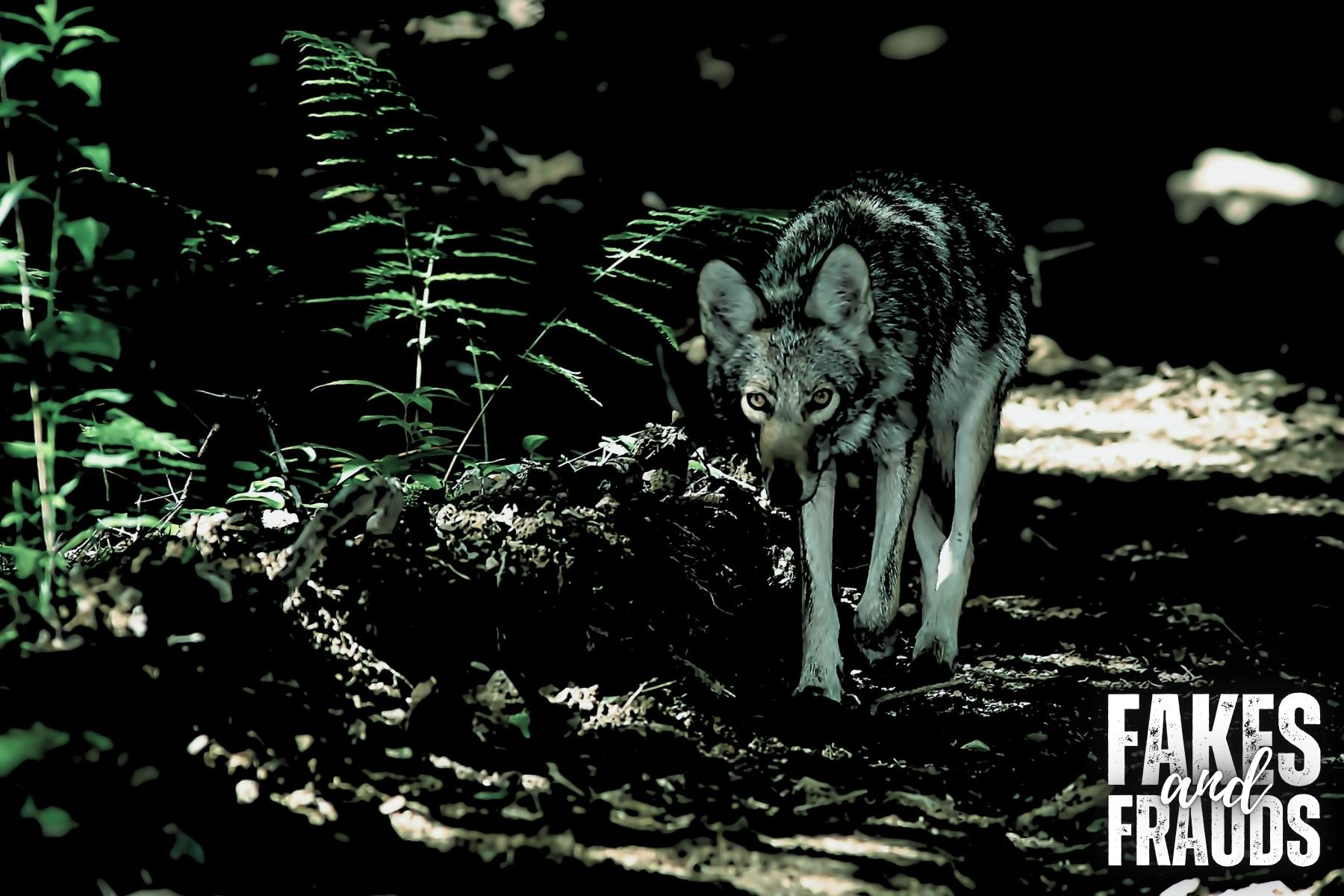Few cryptids have captured the popular imagination — or lowered the bar for eyewitness credibility — quite like the Chupacabra, the legendary “goat sucker” of Latin American folklore.
Decades after is should have slunk off into obscurity, the Chupacabra somehow manages to keep sucking in the gullible.
For those of you who have mercifully escaped late-night cable TV marathons, the Chupacabra is said to drain livestock of their blood, leaving behind suspiciously unconvincing corpses and even less convincing eyewitness descriptions.
Depending on which breathless halfwit you ask, it either looks like a scaly reptilian beast the size of a bear, a bipedal alien porcupine, or — and this is the scientific consensus among people who can read — a diseased coyote with mange and very bad PR.
Reports first surfaced in Puerto Rico in the 1990s, right around the same time the sci-fi movie Species aired locally, featuring a sharp-toothed alien-human hybrid with a lot of attitude and very few wardrobe changes.
Never underestimate the combined power of suggestible minds and late-night programming; it’s a potent force that has birthed more imaginary monsters than an entire warehouse of expired acid. Since then, the Chupacabra has galloped, limped, or oozed its way into pop culture from Texas to Chile, leaving behind a trail of frightened farmers, blurry photos, and forensic evidence that, shockingly, keeps pointing toward ordinary wildlife in very poor health.
During one recent “Cryptid Awareness Weekend” — which, for the record, contained neither cryptids nor awareness — I was treated to a lecture grandly titled “Chupacabras: Bloodsuckers Among Us.” The talk that consisted largely of three blurry trail cam photos of something vaguely four-legged, two rancher testimonies that sounded less like encounters with supernatural predators and more like increasingly bitter arguments about who forgot to lock the goat pen, and one deeply impassioned artist’s rendering that looked like a velociraptor crossed with a hairless chihuahua having an existential crisis.
When I had the audacity — the sheer gall — to gently suggest that mange, a boring but well-documented parasitic skin disease, might explain ninety-nine percent of these alleged Chupacabra sightings, I was treated to a glare so withering I briefly wondered if I had triggered a hex, followed immediately by the solemn pronouncement that “skepticism is a tool of the suppressors.”
I’m still waiting, by the way, for clarification on who exactly is working overtime to suppress public knowledge of balding coyotes.
The Chupacabra myth remains a potent reminder that, given the choice between accepting nature’s messiness — diseases, scavengers, the fact that animals sometimes just die in weird ways — and inventing blood-sucking lizard wolves to spice up the story, humanity will always throw critical thinking overboard in favor of drama.
Take my word for it: If you see something shadowy skulking across a field at night, relax. It’s probably not a transdimensional goat vampire sent to harvest your livestock for intergalactic rituals. It’s just a sick coyote having a rough Tuesday.

